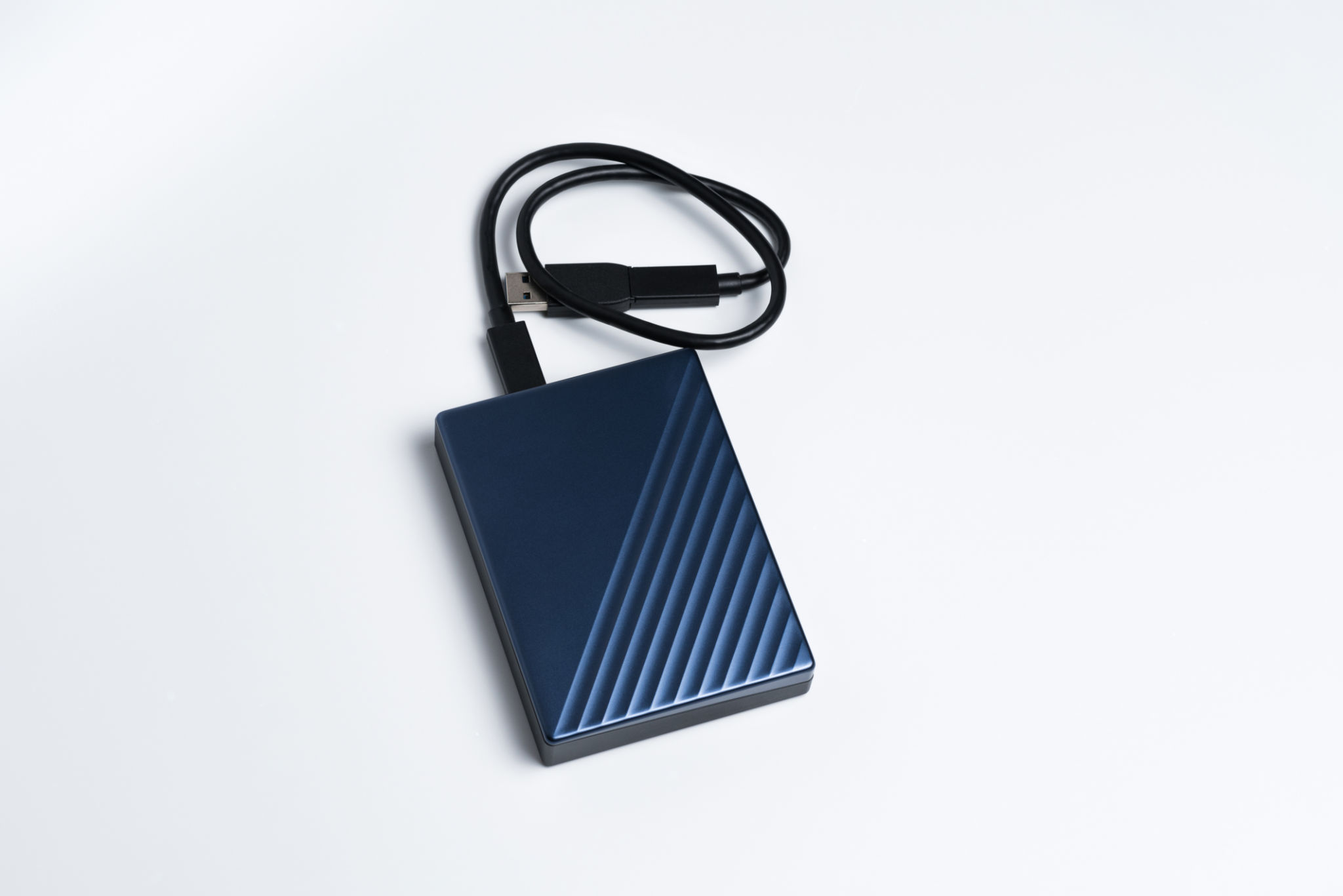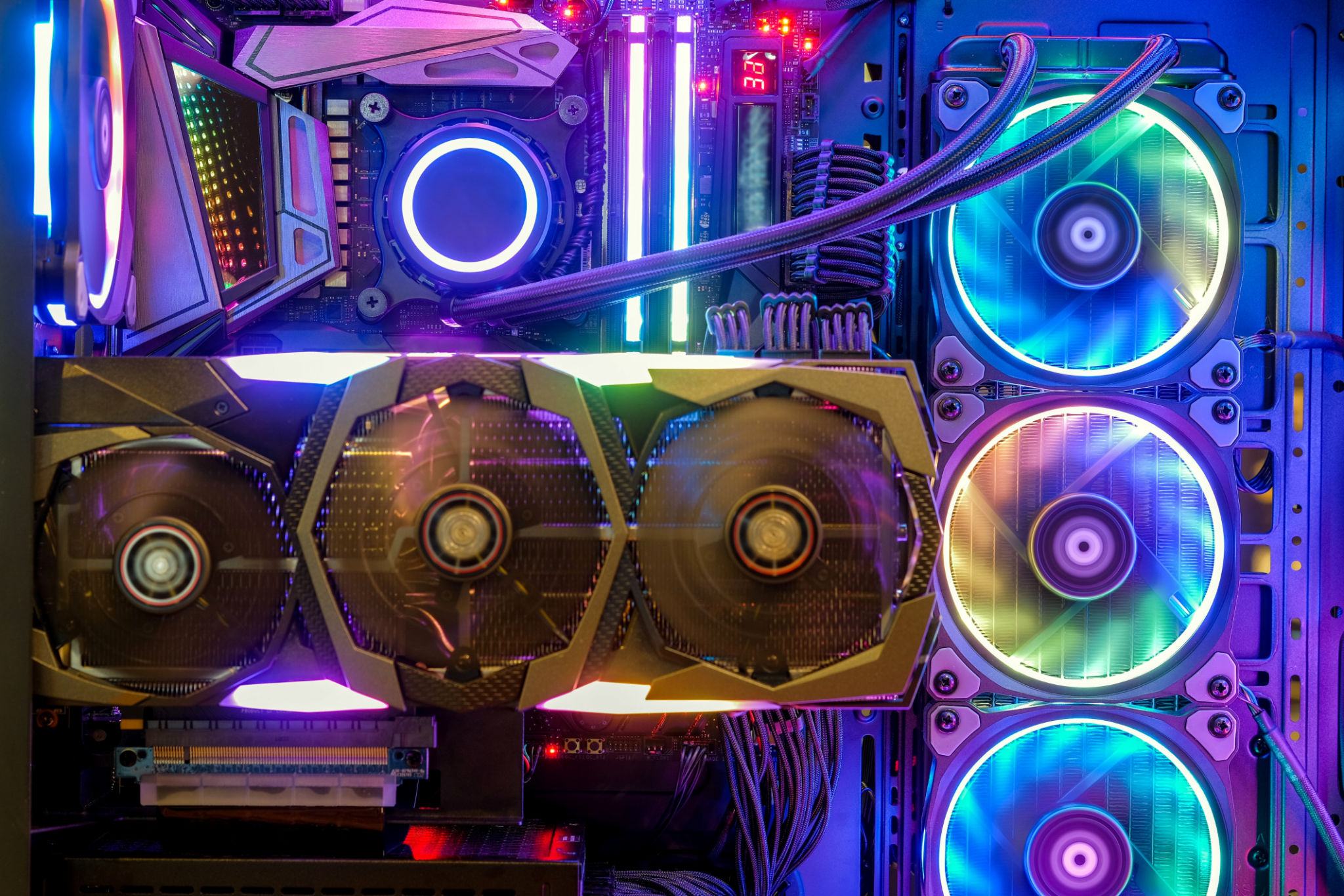Magnet Use Cases in Computing: From Hard Drives to Cooling Systems
The Role of Magnets in Computing
Magnets play a crucial role in the world of computing, serving as fundamental components in various devices and systems. From data storage to cooling systems, magnets contribute to the efficiency and performance of modern computing technology. Understanding these use cases provides valuable insights into how magnets are integrated into our daily digital experiences.
One of the most well-known applications of magnets in computing is their use in hard drives. Hard disk drives (HDDs) have long relied on magnets for data storage. The read/write heads in HDDs use magnetic fields to read and write data on spinning magnetic disks. This process allows for the storage and retrieval of vast amounts of information.

Magnets in Hard Drives
In the context of hard drives, magnets serve as core components that enable data storage. The platters inside a hard drive are coated with a magnetic material, which stores data in binary form. As the platters spin, the read/write heads alter the magnetic alignment, encoding data on the disk.
This magnetic storage method allows for the persistence of data even when the power is turned off. Despite the rise of solid-state drives (SSDs), which do not use magnets, HDDs remain popular due to their cost-effectiveness and large storage capacity.
Magnetic Cooling Systems
Another fascinating application of magnets in computing is in cooling systems. Magnets are increasingly used in innovative cooling technologies aimed at managing heat dissipation in computers. These systems are particularly valuable in high-performance computing environments where excessive heat can pose significant challenges.

Magnetic refrigeration is one such technology that leverages magnetic fields to cool systems efficiently. By using magnetocaloric materials, magnetic refrigeration cycles can provide a more sustainable and quieter cooling solution compared to traditional methods.
The Rise of Magnetic RAM
Magnetoresistive Random Access Memory (MRAM) is another area where magnets are making waves. MRAM uses magnetic storage elements instead of electric charge, offering non-volatile memory that retains data without power. This technology promises faster data access speeds and lower power consumption.

The potential of MRAM lies in its ability to combine the speed of RAM with the persistence of flash memory, potentially transforming data storage solutions in computing devices. As MRAM technology evolves, it may become a key player in future memory architectures.
Electromagnets in Computing Devices
Beyond their use in data storage and cooling, electromagnets are employed in various computing devices for different functionalities. For example, they are used in speakers and microphones embedded within computers to convert electrical signals into sound and vice versa.
Electromagnets are also integral to the operation of touchscreens and haptic feedback systems, enhancing user interaction by providing tactile responses. This application highlights the versatility of magnets in enhancing user experience across multiple device interfaces.
The Future of Magnets in Computing
As technology continues to advance, the use cases for magnets in computing are expected to expand further. Innovations such as quantum computing may benefit from magnetic properties, paving the way for new breakthroughs in processing power and efficiency.
In conclusion, magnets are indispensable components in modern computing, contributing significantly to data storage, cooling, memory, and user interaction. Their diverse applications underscore their importance and potential for future technological advancements.